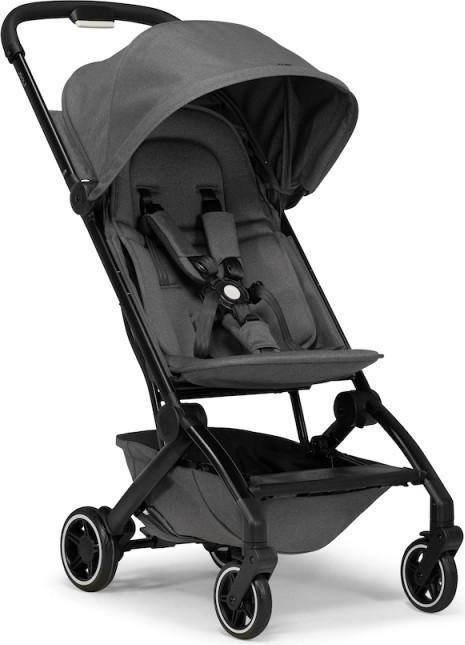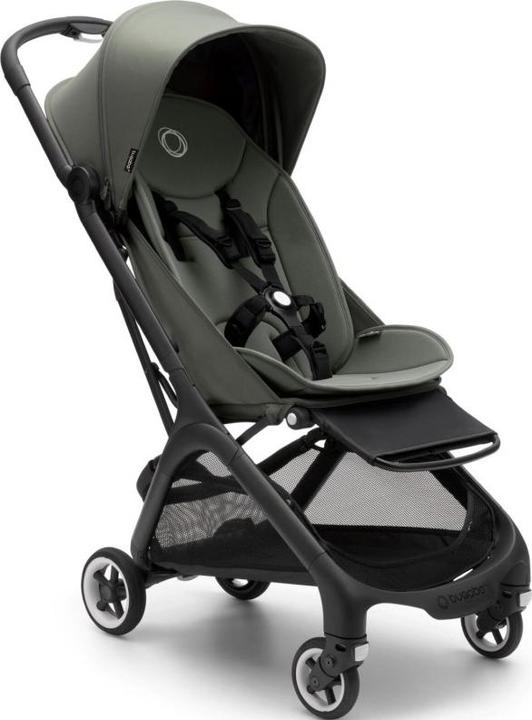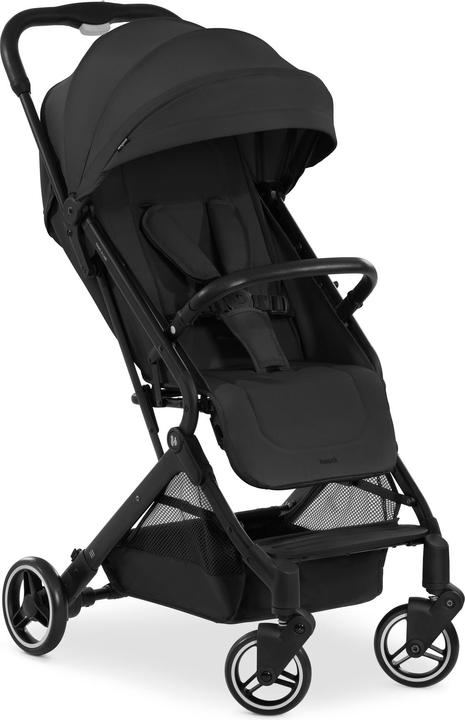

Stiftung Warentest: Almost half of the buggies fail
Only three of the twelve children's buggies tested by Stiftung Warentest are good. Six are contaminated with harmful substances and a number of models are not child-friendly.
For most parents of small children, a good pushchair is part of the standard equipment. Ideally, it can be easily folded and is ideal for travelling. Stiftung Warentest has scrutinised twelve popular models, but the results are alarming: half of the pushchairs tested were contaminated with harmful substances.
The three test winners
Only three of the pushchairs tested achieved the test grade "Good": The test winner Maxi-Cosi "Soho", the Joolz "Aer+" and "Butterfly" from Bugaboo. The Maxi-Cosi in first place was able to impress with its freedom from harmful substances (grade 1.6), durability (grade 1.0), safety (grade 2.0), child-friendly design (grade 2.2) and handling (grade 2.5).
A total of four models received the grade "Satisfactory", including the Chicco "We". Five models are "unsatisfactory".
What you need to look out for
Your baby should not ride in a pushchair before the age of six months, as their cervical spine is not yet strong enough to sit upright. The testers criticised the fact that not all suppliers have a carrycot compatible with the buggy on sale - and still recommend using it from birth.
How it was tested
If a supplier recommended use from birth, even though the baby can only sit upright in the pushchair, points were deducted. Further points were deducted for backrests that were too short, as these can no longer support the head of older children from a certain age. The same applies to seats that are too low: older children can then no longer lean back properly. The assessment also included whether the stroller's footrests are adjustable. If they cannot be adjusted, the child will inevitably have to bend their feet at some point. The durability and safety of the pushchairs were also included in the assessment with five per cent each. Handling was also assessed, but most models can be folded up easily to save space.
The pollutant load was decisive
All models were tested for harmful substances. The seat covers of some models were impregnated with fluorine compounds due to their dirt and water-repellent properties. This led to a poor rating for a total of five models: These included the "Easywalker" model from Jackey.
High levels of harmful substances were also found in the sun canopy of the "City Tour 2" model from Baby Jogger, giving it a rating of "Sufficient". Although the compounds do not pose a direct risk to children, they can enter the environment during production or after the pushchair has been disposed of and thus enter the food chain.
All in all, various harmful substances were tested, including plasticisers, flame retardants and heavy metals.
The "Travel-N-Care buggy" from Hauck came in last place. The PFAS value, i.e. the value for perfluorinated and polyfluorinated chemicals in the cover, was higher than permitted by the EU regulation. In addition, the child-friendly design of the pushchair was inadequate.
A true local journalist with a secret soft spot for German pop music. Mum of two boys, a dog and about 400 toy cars in all shapes and colours. I always enjoy travelling, reading and go to concerts, too.




